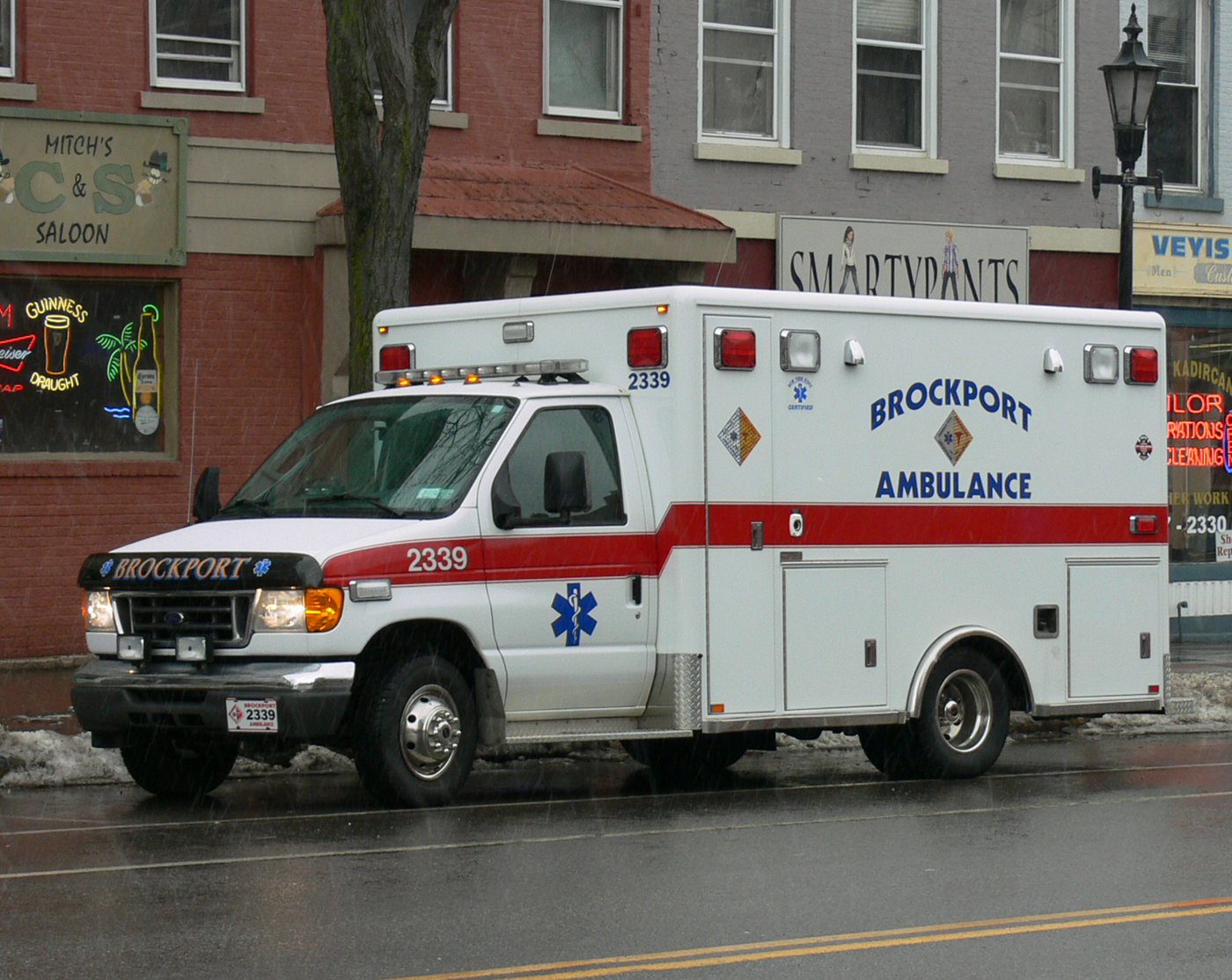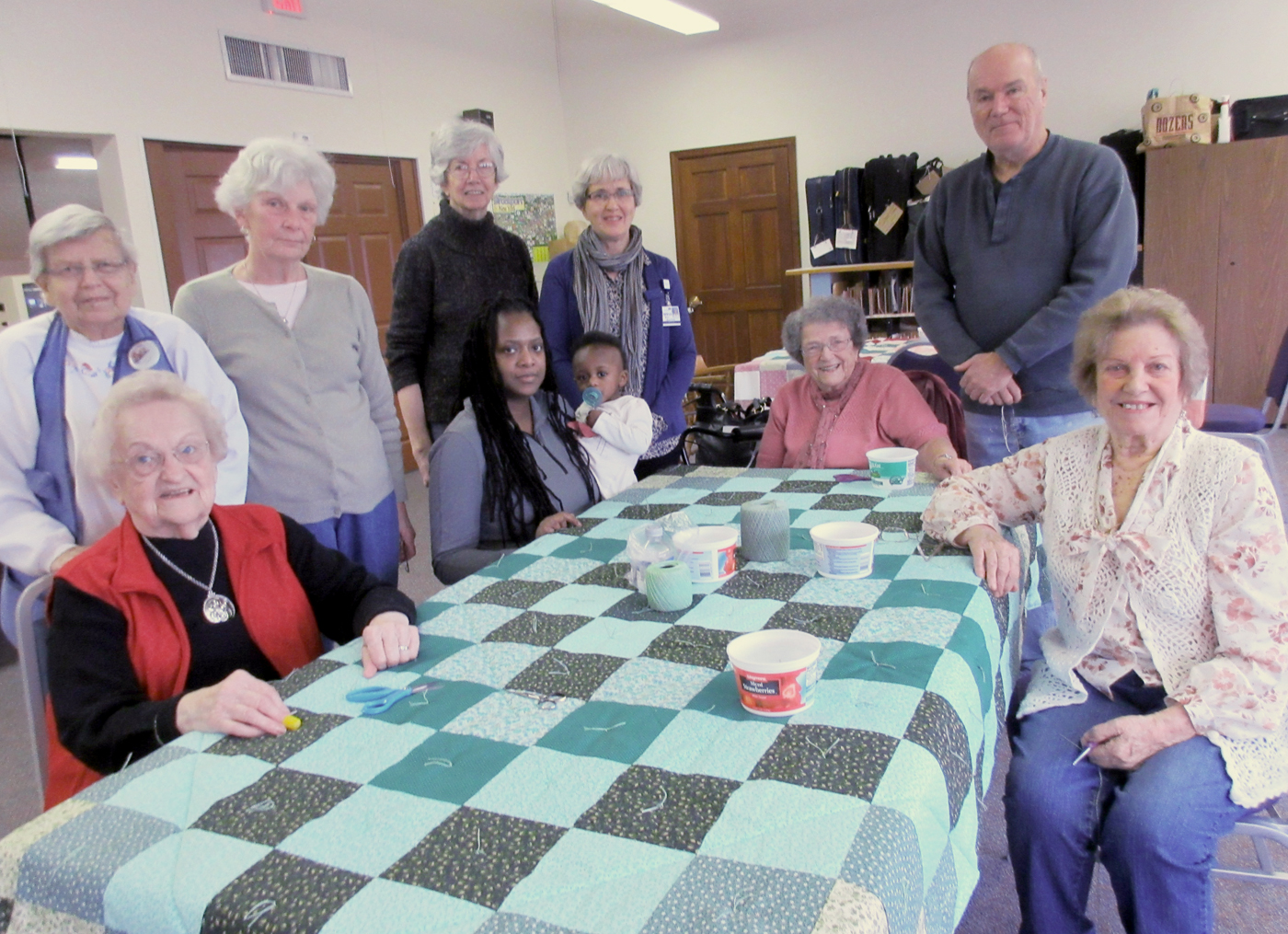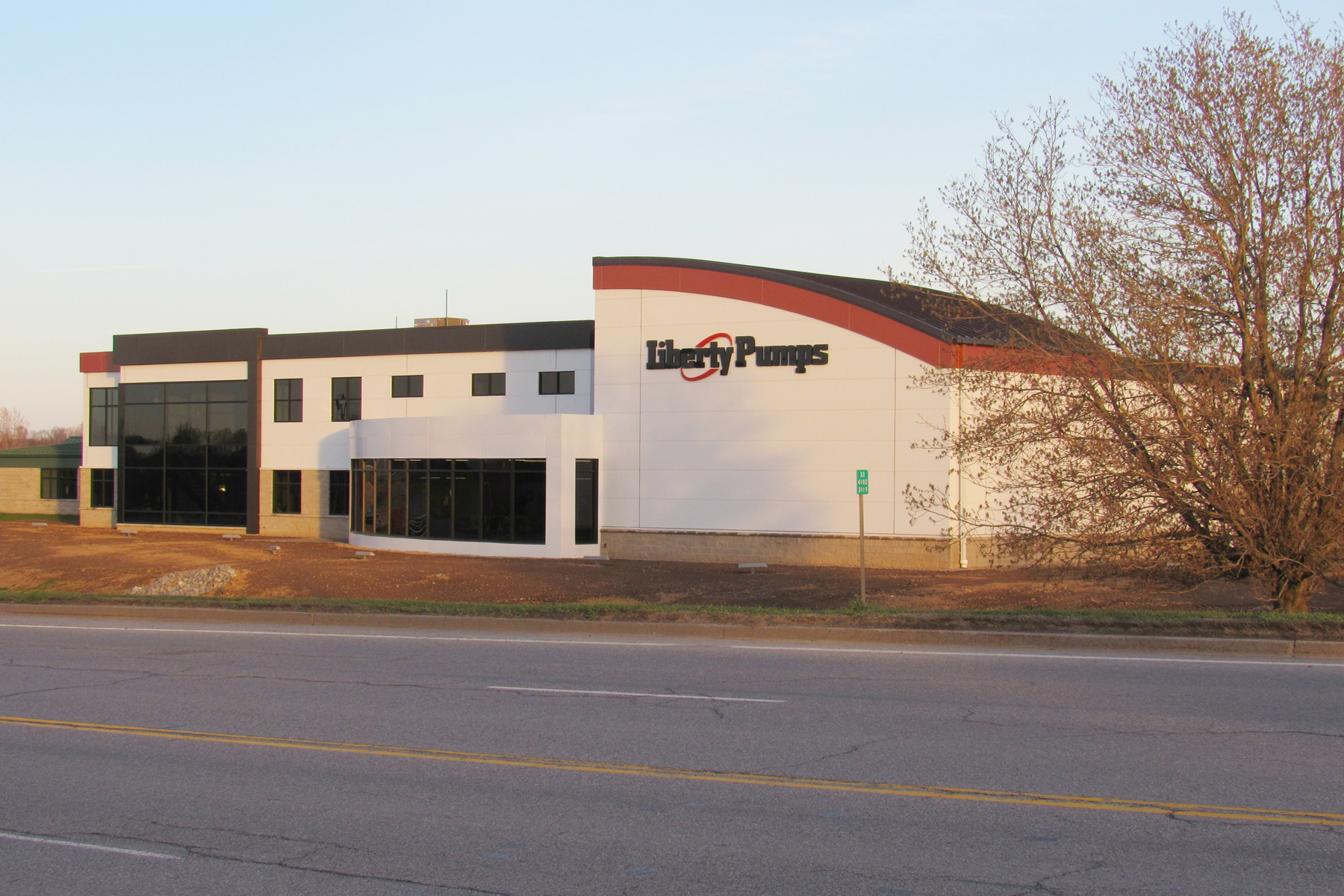Brockport community remembers more than a half-century of emergency medical service from Brockport Ambulance

“The village will feel the difference,” says Josephine Matela, former Brockport mayor and president of the Greater Brockport Development Corporation, regarding the sudden ceasing of operations of the Brockport Ambulance on November 21.
“It’s a huge loss,” Matela says, explaining that a community-based ambulance service is similar to a community-based police force – “They know the community – who lives in what house, they know the houses and they know the people.”
Having a familiar face respond in a time of emergency can be a great comfort, Matela observes. “It is so sad, we will never get it back.”
Current Brockport Mayor Margaret Blackman is also sad to see the community-based ambulance service go. “The village supported them through thick and thin,” she said.
Just this past September, Mayor Blackman needed to be transported from Strong West to Strong Memorial Hospital for observation after becoming dehydrated and fainting while recovering from pneumonia. She said she requested to be transported by Brockport Ambulance and was provided with excellent service.
Life-long Brockport resident Christopher Martin served actively on the BVAC for 35 of its more than 50-year history. Martin’s father, Jerome, was a charter member and Chris joined in 1976. He served as an officer for 12 years and as captain for eight years. Two of his younger brothers were also Corps members meaning at times, the Brockport Ambulance had an all-Martin Family crew.
“We had a good working relationship with the village,” Martin remembers. “Each year, I turned money back into the budget.”
Martin agrees that in times of emergency, having the assistance of a neighbor and friend can be crucial. “I can’t count the number of times a neighbor or former student has said (seeing a familiar face) has made a bigger difference in the treatment of a patient than the provided medical help.”
Martin says he is fortunate that while serving his hometown, he never had to respond to a serious call involving a family member. On one occasion, he was able to help a niece, who needed transport for a non-serious medical situation. Martin was able to sign treatment consent forms for her at the hospital.
Martin provided the Suburban News and Hamlin-Clarkson Herald with a history of the Corps.
The Brockport Ambulance Corps was organized in January of 1962 and chartered by the Brockport Village Board. At that time, the board authorized bids to be solicited for the purchase of an ambulance and officers were named.
“These men had enough foresight and concern for the community to band together and start the ambulance. They went to the village and got chartered and it thrived for 50 years. There were peaks and valleys, but we always had a core group of individuals with the drive and determination to provide service,” Martin observes.
Many times that meant missing out on special events with family and friends, but that is just something you did, Martin says. He tells the story of one evening when his mother walked by the firehouse to see his car parked there. The car door was open and the ambulance was gone and a young lady was sitting in the passenger seat.
“That’s the reason you’re not married,” Martin says his mother told him. His response to his mother was that the young lady only lived two blocks away and could have walked home.
“We had to respond,” he explains, “it was a matter of life or death.”
Martin also remembers the days when the Lakeside Memorial Hospital Emergency Department was not open 24/7. If the ambulance had to transport there late at night, the crew needed to knock on the door for the nurse to come and then call the doctor at home.
“The transitions over time and the advancements in patient care have been remarkable,” Martin said regarding the changes he saw during his years of service.
Colin Arthur, Brockport Volunteer Ambulance Corps Chief, says the loss of a community-based ambulance service means a loss of more personal patient care and community interaction.
He said losing primary provider status with the towns of Clarkson and Sweden was a difficult blow from which the BVAC was never fully able to recover.
“I feel the biggest loss to the community will be the capabilities that BVAC provided in regards to free standby for local sporting events,” Arthur says. He also notes the community CPR classes offered by the BVAC and the interagency cooperation between the fire department, police department and the BVAC.
His happiest memories center around crew interactions and, “the difference we made to all of the residents in both the village and the two towns,” Arthur says. “I would say the other big thing that I always smile about is the Friday night squad crews comprised mainly of volunteers. We used to staff three ambulances and there would be fights to see who was going to take the call.The dinners and good times that we all had on the squad nights will always remain … good memories from BVAC.”
Arthur says he is proud of the men and women who worked for the BVAC, both as career staff members and volunteers. “I was an extremely lucky chief to have such a dedicated and hard working group of individuals and I feel that to a degree, I let them down. I hope that whatever the future may bring, that people do not forget the selfless sacrifice that EMT’s and paramedics make on a day-in and day-out basis.”
David Rice was a member of the BVAC for 27 years, serving most recently as president. Rice joined the Corps when he came to Brockport to attend college with nearly nine years of EMS experience already under his belt.
His first big memory was the ice storm. “Who can look back and not forget what the community went through. The magnitude of the storm’s destruction provided the opportunity for the ambulance, fire department and community to pull together for a common good in a way that is seen but not often. It was special to watch and be a part of,” he remembers.
Rice notes some of the special and trend-setting events during his years of service. “We were one of the first ambulances in the area to implement a basic life support (BLS) fly car in 1992. While the concept is often used for advanced life support (ALS) paramedic response, it was not typically employed for BLS use. We did. It allowed us to continue to provide 24-hour service even when we couldn’t have someone right at the station. We added early defibrillation equipment to the fly car in 1993 and we had our first successful CPR save with early defibrillation in May of that year – commencement day at the college. Our efforts saved a life and a special memory for the family members who were there to attend the service.”
The recent challenges of re-creating the Corps as a not-for-profit stand-alone ambulance, the change of primary ambulance provider by the Towns of Sweden and Clarkson, and the move to a new building brought many hurdles, Rice says, but most were overcome.
The one constant and greatest asset, Rice says, has been the paid providers and volunteers with whom he has served.
“These people had one thing in common: their desire to see the Corps grow, to see it improve, and do what it was always meant to do – to be there when our neighbors were having a bad day. I will miss this part of what we did the most and hope those I volunteered with feel the same about what we did for all of these years,” Rice says. “We should be proud of our accomplishments.”
Charter members of the Brockport Volunteer Ambulance Corps: Paul Barry, Willard Bird Sr., Claude Carson, Richard DeRuyscher, Frank Donahue, Sr., Marvin Duryea, Charles Eldred, Raymond Eldred, Harold Elmes, Laurence Ferguson, James Gaylord, Verne Gavitt, George Hamil, Robert Henry, Richard Hicks, Ernest Hube, Duane LaDue, George Marks, Sr., Jerome Martin, Sr., Roy Maxwell, Arthur Mosher, George Peters, Wirt Quinn, Paul Raleigh, Paul Seifert, Sr., Earl Siegfried, Donald Sinopoli, John Smith, Robert Stoddard, Calvin Tripp, John Wadhams, Ross Walker, D. Scott Warthman, and Harold Wren.



